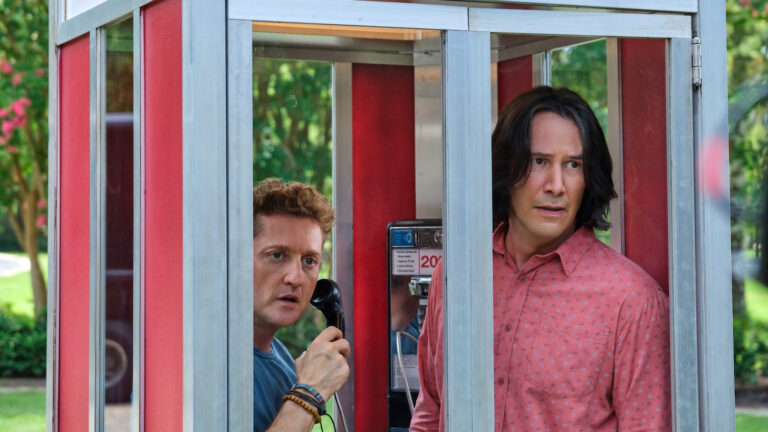Dubbed the largest touring film retrospective ever, the collection will be screened in its entirety at the Guild Cinema this coming week, Monday through Thursday. Each day will have a double-feature of film blocks separated by a dinner break, for a total of eight different shorts blocks. Most of the blocks encompass a loose theme, such as “Picturing a Metropolis: New York City Unveiled” or “Viva La Dance: The beginnings of Ciné-Dance.”
Those looking for a cram-packed lesson on the history of film would do well to catch as much of this retrospective as humanly possible. Seeing filmmakers working in the earliest eras of the film industry is an eye-opening experience. Like primitive folk artists, these filmmakers–from amateurs to professionals–were experimenting with only the most raw elements of film: the nascent interaction of image, movement and sound.
Highlights of the retrospective include short art films like Fernand Légar and Dudley Murphy's 1923 short “Ballet Méchanique,” a frenetic Cubist collage of whirring gears, pumping pistons and abstracted faces. The film is presented, for basically the first time, with its intended soundtrack, an industrial wall-of-sound symphony performed on 16 pianos and an airplane propeller. Though it draws mostly from offbeat artists, the retrospective finds elements of the avant-garde in mainstream film as well. A delightfully surreal dream sequence is snipped from the 1925 feature Beggar on Horseback, while 1933's Footlight Parade contributes a typically over-the-top (or is that under-the-surface?) Busby Berkeley water ballet number that rivals the kaleidoscopic visions of Légar and Murphy.
“Annabelle Dances and Dances” is the oldest piece in the collection, a 4-minute, hand-tinted compilation of terpsichorean skills recorded for Thomas Edison's Kinetoscope company in the 1890s. Despite its near archeological age, the film feels perfectly at ease alongside 1920's “Manhatta,” a documentary-like visual ode to New York City, complete with Whitmanesque verse. The brightly tinted Annabelle also finds kinship with “Spook Sport,” a lyrical piece of abstract animation from 1940.
In fact, the synthesis woven between these films is what makes this 40-year compilation most intriguing. When viewed in retrospect, it's almost funny to see how much frivolous Hollywood choreographer Busby Berkeley and intense American Dadaist Man Ray had in common.
Unseen Cinema runs Monday through Thursday at the Guild. A double-feature of programs (4 p.m. and 7:30 p.m.) will be screened every day. Complete program details can be found at www.unseen-cinema.com.



